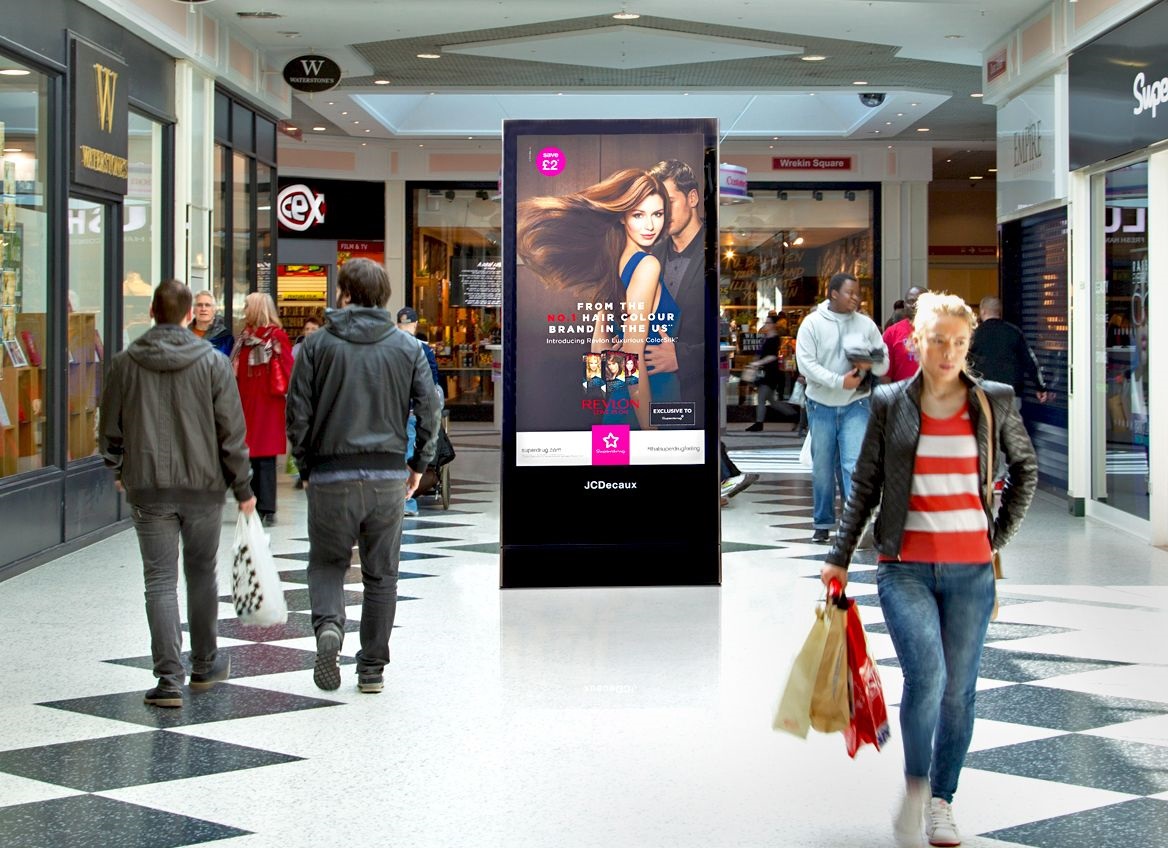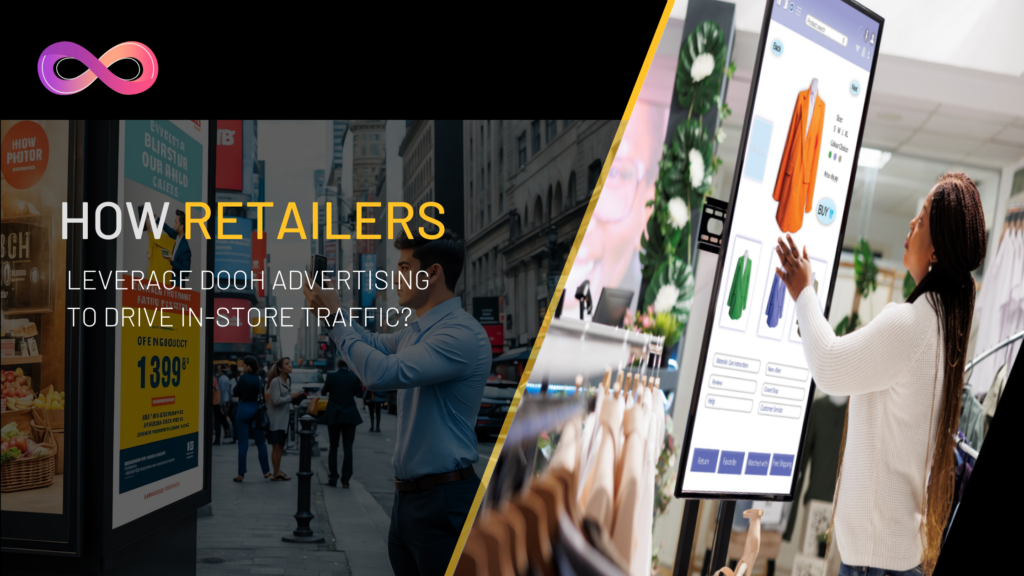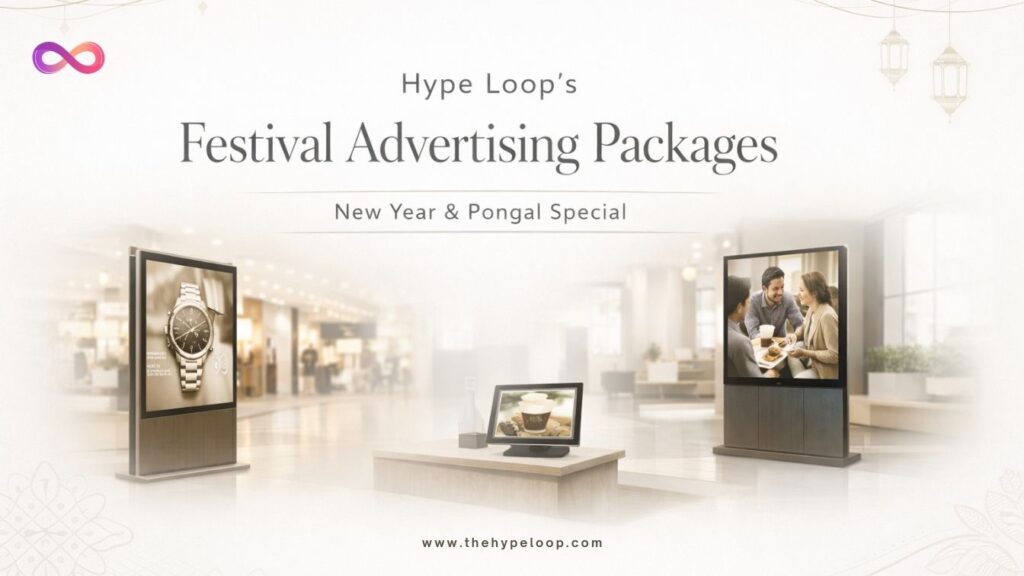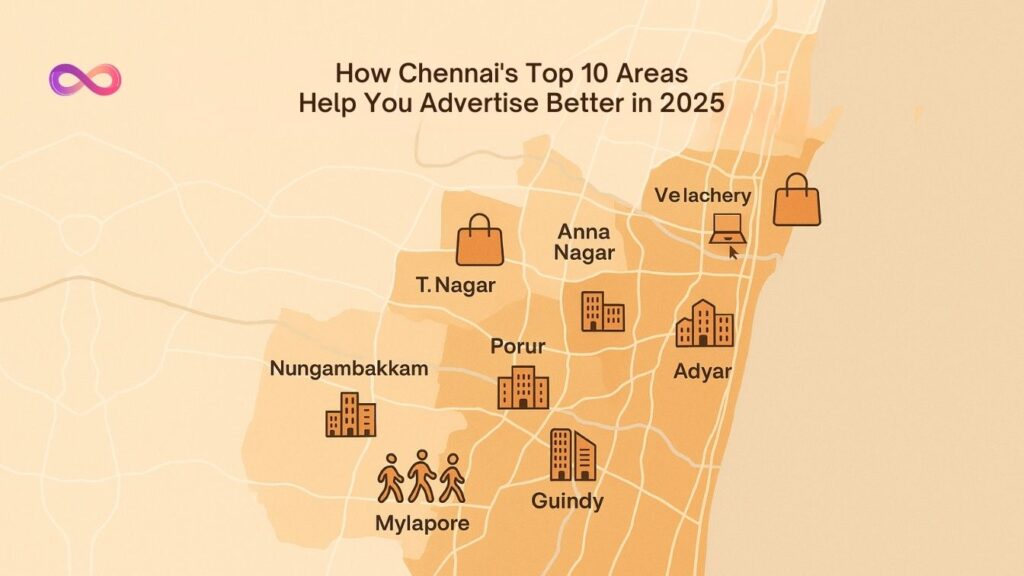Introduction
In the ever-evolving landscape of retail marketing, driving foot traffic to physical stores remains a key objective. One effective way to achieve this is through Digital Out-of-Home (DOOH) advertising. As retailers seek innovative strategies to boost in-store visits, leveraging DOOH advertising can offer unparalleled benefits. This blog explores how retailers can utilize DOOH ad campaigns to enhance their marketing efforts, drive in-store traffic, and maximize their ROI.
Digital Out-of-Home (DOOH) Advertising refers to digital advertising displayed on outdoor screens in high-traffic locations. Unlike traditional static billboards, DOOH advertising uses dynamic content to capture attention and engage audiences. With advancements in technology, Programmatic DOOH advertising allows for real-time ad delivery and targeted messaging, making it an effective tool for retailers.
The Power of Digital Signage Advertising
Digital signage advertising has revolutionized the way brands communicate with their audience. Retailers can leverage high-traffic location advertising to reach consumers where they spend most of their time. Digital screens placed in strategic locations such as shopping malls, transit stations, and busy streets can significantly increase brand visibility and drive consumer action.
How to Use DOOH Advertising to Drive In-Store Traffic
- Placing Ads in High-Traffic Areas
High-traffic area advertising is essential for maximizing the reach and impact of your DOOH campaigns. Strategically placing digital screens in locations with substantial footfalls near your store ensures that your ads capture the attention of potential customers who are already in the vicinity. This proximity increases the likelihood of them visiting your store.
Consider positioning your ads in busy shopping districts, transit hubs, or popular gathering spots near your retail location. By focusing on these high-traffic areas, you enhance the visibility of your promotions and encourage passersby to stop by your store. - Incorporating Location-Based Targeting
Location-based targeting allows you to tailor your DOOH ad campaigns to specific geographic areas, ensuring that your messaging reaches the right audience. By leveraging data-driven insights, you can display ads that resonate with the local demographics and preferences.
For example, if your store is located in a vibrant neighbourhood with a young demographic, you can create ads that appeal to that age group. Alternatively, if you’re near a business district, emphasize promotions relevant to professionals. This targeted approach ensures your ads are relevant and engaging, driving more foot traffic to your store. - Using Dynamic Content to Highlight Current Promotions
Dynamic content advertising allows you to update your messaging in real time, highlighting current promotions and special offers. This flexibility ensures that your ads remain relevant and timely, capturing the interest of potential customers who are looking for deals.
For instance, if you’re running a flash sale or a limited-time offer, use dynamic content to feature these promotions prominently on digital screens. Update your ads to reflect current deals and exclusive discounts, motivating customers to visit your store before the offer expires. - Including Clear Calls-to-Action
Effective DOOH campaigns include clear calls-to-action (CTAs) that guide potential customers to your store. Make sure your ads feature concise and compelling CTAs that prompt viewers to take action, such as “Visit us today for exclusive deals!” or “Scan the QR code for a special discount.”
Incorporate actionable elements like QR codes or short URLs that lead directly to a landing page with more information or a coupon. This approach not only drives traffic but also provides a seamless path for customers to engage with your store. - Integrating DOOH Advertising with Other Marketing Strategies
To maximize the impact of DOOH advertising, retailers should integrate it with their overall marketing strategy. Combining digital ads platforms with other channels, such as social media and email marketing, can create a cohesive campaign that reinforces the brand message. For example, a retailer could run a DOOH campaign promoting an exclusive in-store event while also leveraging social media to create buzz and drive attendance. - Monitoring Campaign Performance for Optimization
Monitoring campaign performance is crucial for optimizing your DOOH ads. Use real-time analytics to track metrics such as impressions, engagement, and foot traffic driven to your store. This data helps you assess the effectiveness of your placements and messaging.
Regularly review performance reports to identify trends and make data-driven adjustments to your campaign. For example, if certain locations or times of day yield higher engagement, adjust your ad placements accordingly to maximize results.

Conclusion
Incorporating DOOH advertising into a retailer’s marketing strategy offers numerous benefits, from increased brand visibility to driving in-store traffic. By leveraging digital signage advertising, programmatic DOOH, and real-time ad analytics, retailers can create effective ad campaigns that resonate with their target audience. As the retail landscape continues to evolve, adopting innovative strategies like DOOH advertising will be crucial for staying ahead of the competition and achieving marketing success.
Explore the possibilities with Hype Loop’s cutting-edge DOOH advertising platform and see how targeted and dynamic content can drive traffic to your store.



